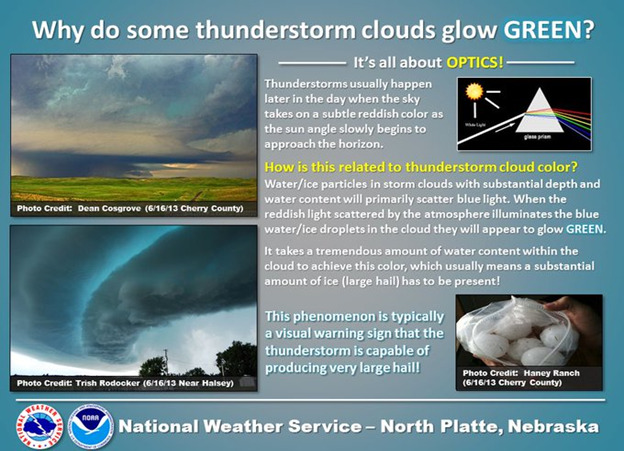

8th July 2022 (6 Topics)
Context
A storm system known as a 'Derecho' impacted the states of Nebraska, Minnesota, and Illinois in the US.
- As the storm approached, winds blowing over 140 km/h damaged power lines and brought down trees.
About
- Derecho, according to the US National Weather Service, is "a widespread, long-lasting, direct storm" associated with "a fast-moving rain belt or thunderstorm".
- The name is derived from the Spanish phrase 'la derecha', which means 'straight'. Straight storms are those where thunderstorms do not change, unlike a hurricanes.
- These storms travel hundreds of miles and occupy a large area.
- Because it is a warmer environment, Derecho frequently (but not always) happens in the summer, beginning in May and intensifying in June and July.
- However, they are uncommon compared to other storm systems such as hurricanes or hurricanes.
Classification
- A derecho is defined as a storm with wind gusts of at least 93 kilometers per hour. The wind damage swath extended over 400 km.
- According to the University of Oklahoma's School of Meteorology, the period between consecutive wind damage incidents should not exceed three hours.
Types of Derecho
- Progressive: A progressive derecho is characterized by a small line of thunderstorms that can move hundreds of miles over a restricted route. This is a summer phenomena.
- Serial: A serial derecho, on the other hand, consists of a lengthy and broad squall line that sweeps across a huge region. It generally happens in the spring or fall.
- Hybrid: Hybrid ones combine progressive and serial derechos.
|
What happens during Derecho?
|
More Articles



